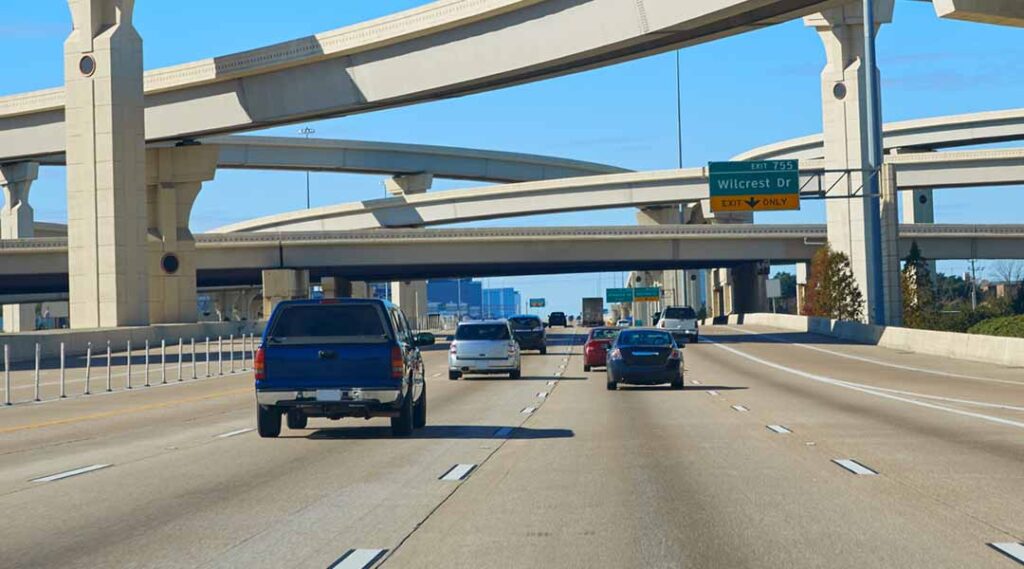This post was originally published on www.progressive.com
Though many people think of the left lane on a multi-lane highway as the “fast lane,” it’s more correctly known as the “passing lane” for two reasons. First, speed limits apply equally in all lanes, so left-lane drivers aren’t allowed to speed just because they’re in the left lane. Second, the primary role of the left lane is to provide a space for you to pass cars traveling more slowly than you. That helps manage traffic, avoid delays, and keep everyone safer. All states have laws regarding the position of slower-moving traffic, although they differ in the details from state to state. Learn more about how speed limits are set.
Driving in the left lane can be risky
When drivers use the left lane as just another traffic lane rather than a dedicated passing lane, they cause other vehicles to weave between lanes to pass. Some experts believe that this creates more opportunities for accidents.
Aside from accidents and unpredictable driving, there’s another serious driving hazard connected to left lane driving: road rage. Some studies have identified left lane driving among the five behaviors that most irritate other drivers. While it’s every driver’s responsibility to prevent road rage, it’s also a motorist’s responsibility to drive safely and courteously. Sometimes driving safely includes getting out of the way when an aggressive driver approaches from behind.
Left lane laws by state
You may be wondering if it’s legal to stay in the left lane. That depends on your state. According to MIT, every state has a law regarding proper lane usage, but they differ in the specifics. More than half of states adhere to the standard in the Uniform Vehicle Code, a model set of traffic laws developed to standardize traffic laws around the country. These states require traffic moving “slower than the normal speed of traffic” to keep to the right regardless of whether surrounding traffic is above or below the speed limit.
Other states are more restrictive, prohibiting the use of the left lane except for passing or for turning left. Still other states allow you to drive in the left lane unless you’re blocking another car in the process of passing, in which case you must move over.
Because of state-to-state variation — and also because states are passing stricter laws on left lane driving — you should always check your state’s laws to see what’s allowed in your area and what the penalties are for violating the rule.
Keep right except to pass
When you keep right except to pass, you help keep the flow of traffic smooth and may reap other benefits, according to the National Motorists Association. Other potential perks of using the left lane for passing only include increased fuel efficiency because of fewer braking/acceleration cycles and reduced traffic congestion since drivers aren’t creating as many obstacles for each other.
If you spot someone blocking the left lane, don’t pass on the right. Weaving back and forth is stressful and dangerous if you become an obstacle to other drivers. Minnesota’s Department of Public Safety recommends taking note of the vehicle’s details (car make and model, license number, and location) and then finding a safe place to stop and report the driver to the police.
[ad_1]
